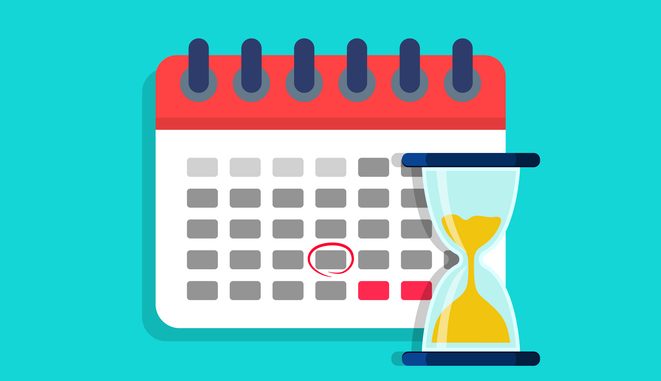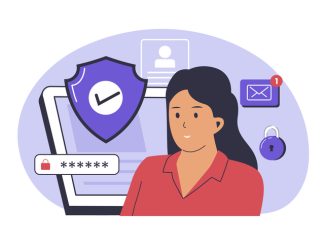
At the end of 2024, approximately one in nine people in England were waiting for elective care, with over two-fifths experiencing delays of more than 18 weeks
CREDIT: This is an edited version of an article that originally appeared in Digital Health
To address this, the government and NHS England have introduced a comprehensive plan aimed at reducing waiting times and improving patient access to care. A critical component of this strategy is technology, which will streamline services, modernise data infrastructure and enhance digital tools to ensure patients receive timely and efficient treatment.
Digital Infrastructure
For NHS staff to provide the best possible care, they require robust digital infrastructure that supports their work. Upgrading basic systems, modernising data platforms and developing national digital services will be key to making healthcare delivery more efficient. By improving connectivity between NHS systems, healthcare professionals can work more effectively, reducing administrative burdens and allowing them to focus on patient care.
The NHS App has become an essential tool for patients managing their healthcare, with over 10 million users logging in monthly. The app allows users to order repeat prescriptions, check medical advice, and soon, even book diagnostic tests and manage non-emergency treatment appointments. To ensure inclusivity, the NHS App and NHS website have been upgraded to support speech recognition software, screen readers and zoom functionality of up to 200%. These improvements ensure that individuals with different accessibility needs can navigate services with ease, making healthcare more equitable for all.
Ping and Book
One of the most impactful digital innovations is the “ping and book” service, designed to increase participation in vital screening programs. This feature sends alerts through the NHS App, reminding women when they are due or overdue for breast or cervical screening. By using digital reminders, the NHS aims to improve screening uptake, detect conditions earlier and ultimately save thousands of lives. Additionally, the NHS plans to integrate more patient-centric features into the app over the coming years. Enhancements will allow users to choose treatment locations, book appointments directly and receive test results faster. These developments will empower patients by giving them more control over their healthcare journey while reducing unnecessary delays.
NHS e-Referral Service
Another key technological advancement is the NHS e-Referral Service (e-RS), which will be instrumental in cutting waiting lists. This system streamlines referrals and appointment bookings, enabling healthcare professionals to schedule consultations immediately rather than relying on paper-based or phone-call referrals. Planned improvements include standardising referral information to improve communication between healthcare providers, enhancing the acceptance process to make referrals more efficient and expanding access to the e-RS system to ensure wider adoption across NHS services.
With the goal of delivering 40,000 additional appointments per week and ensuring that 92% of patients receive treatment within 18 weeks by March 2029, technology will play a crucial role in the NHS’s success. As the NHS continues to embrace digital transformation, the focus remains on leveraging technology to improve patient outcomes, optimise healthcare delivery and create a more accessible and efficient system for all.


Be the first to comment